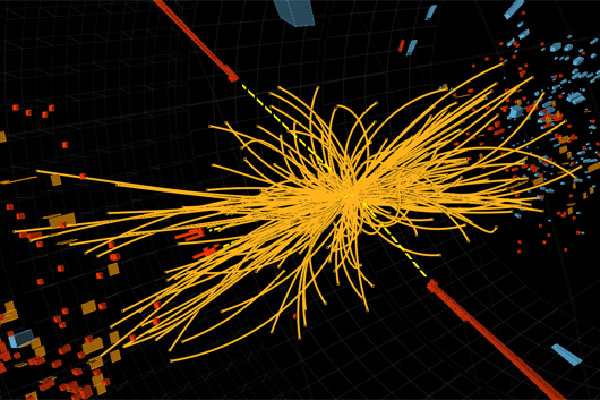There is a condition known as Autonomous Sensory Meridian Response (ASMR), and I won't bore you with the details, but it affects people in different ways, and it is triggered by various different stimuli. You can Google it, if you're interested. There is a rapidly growing ASMR community on YouTube that I am a part of, and tonight one of the ASMRers posted an amazing new video that I would like to share with you. I have been watching these types of videos for about five years now, even before they were calling it ASMR. I don't think I'm actually addicted, but I have been watching them every single night for a little over a year and a half, and I do watch them every single night, even if I go to bed really late. The only time I don't is if I don't have Internet where I am or my phone or Mac is dead, and I don't have a charger or something like that...
Anyway, like I said, this video was pretty good, and it has to do with space travel, so it is kind of relevant, even though it isn't very realistic. If you'd like to leave a comment, I'm interested in what you have to think about space travel in the future.
For the best experience, get into a comfortable position and use headphones when watching. This video has binaural audio, which means that wearing headphones will create a "3-D" effect. I hope you enjoy!



